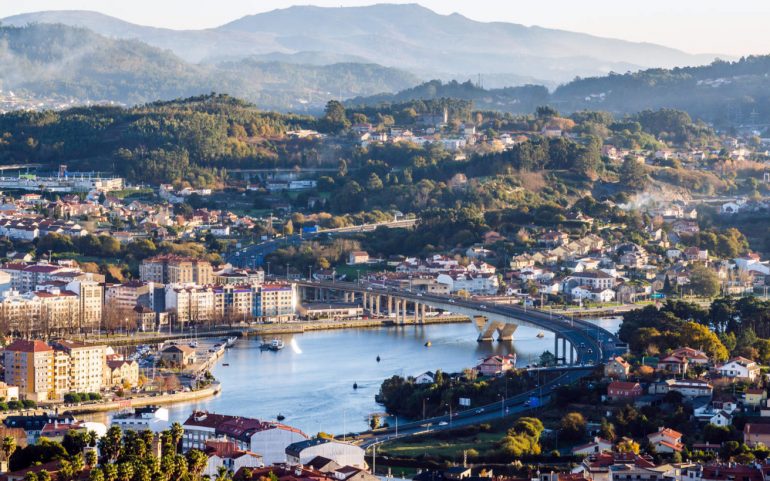Back in the 16th century Ponteventra was its largest city Galician and one of its most important ports. The flagship of Columbus, the ship Santa Maria, was built here, while many locals are convinced that Columbus himself was not a Genoese, as most believe, but a genuine nobleman from Ponteventra, who for strangers and dark, perhaps, reasons he directed his death and acquired a new identity.
Today Ponteventra is a hospitable, picturesque, small seaside town with 80.000 inhabitants in northwestern Spain, combining history and culture with modern life and a vibrant atmosphere that every city would like to have.
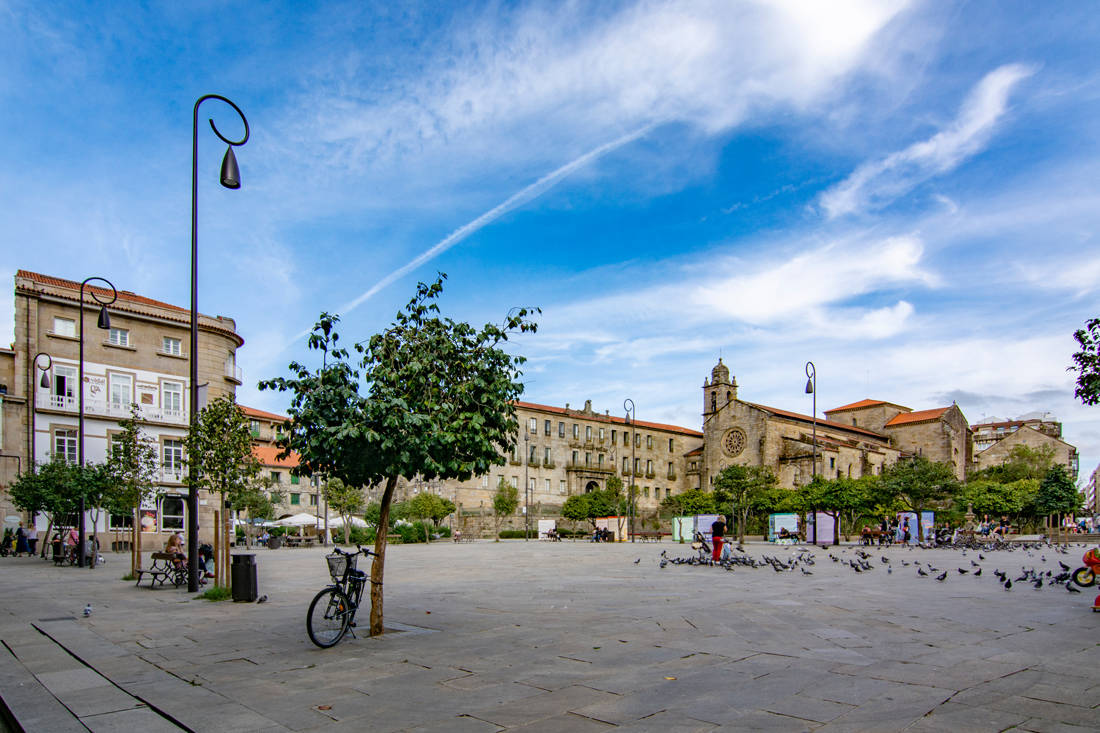
Life here flows calmly, outside the usual images we have of everyday life in various Spanish and European cities. A walk in the center of Ponteventra is enough to discover that the only sounds heard are the conversations of passers-by, the teaspoons of stirring coffee on the tables outside, and even the chirping of birds flying among flowering camellias.
Teachers accompany their students carefree on its streets, without fear that any of them will be seduced by an irritated, hurried driver. The reason;
Surprising is the fact that in the center city There is not a single honking of cars, no annoying exhausts, not even the loud voices of drivers trying to "save" themselves from traffic by shouting angrily at their fellow citizens.
The "paradise" of Ponteventra and its mayor
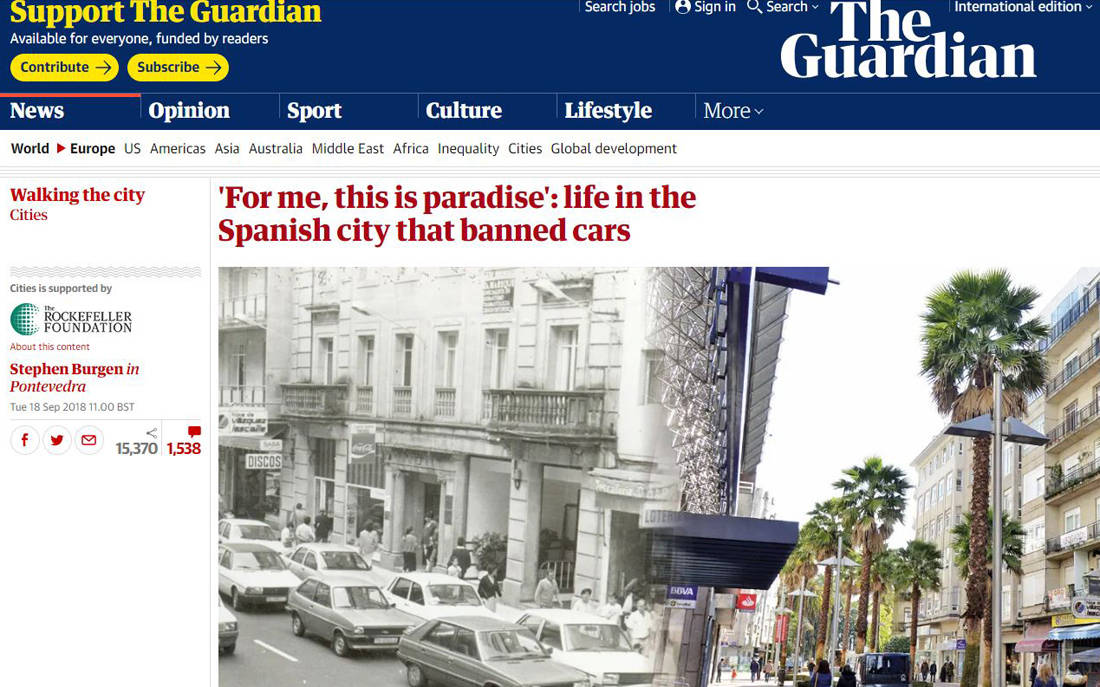
The city could be described as a "paradise", something with which its inhabitants agree, as the traffic of cars in the center of Ponteventra has been banned for the last 20 years.
Who is responsible for this little "miracle"? The mayor of the city, who reveals to the Guardian that "before I became mayor about 14.000 cars they passed daily through the city center. "More cars were passing through the city daily than the residents who live and work professionally in the area."
Miguel Anxo Fernandez Lores has been mayor of Galicia since 1999, and according to the online edition of the British newspaper, his philosophy is very simple: "owning a car does not entitle you to occupy public space in the city. ».
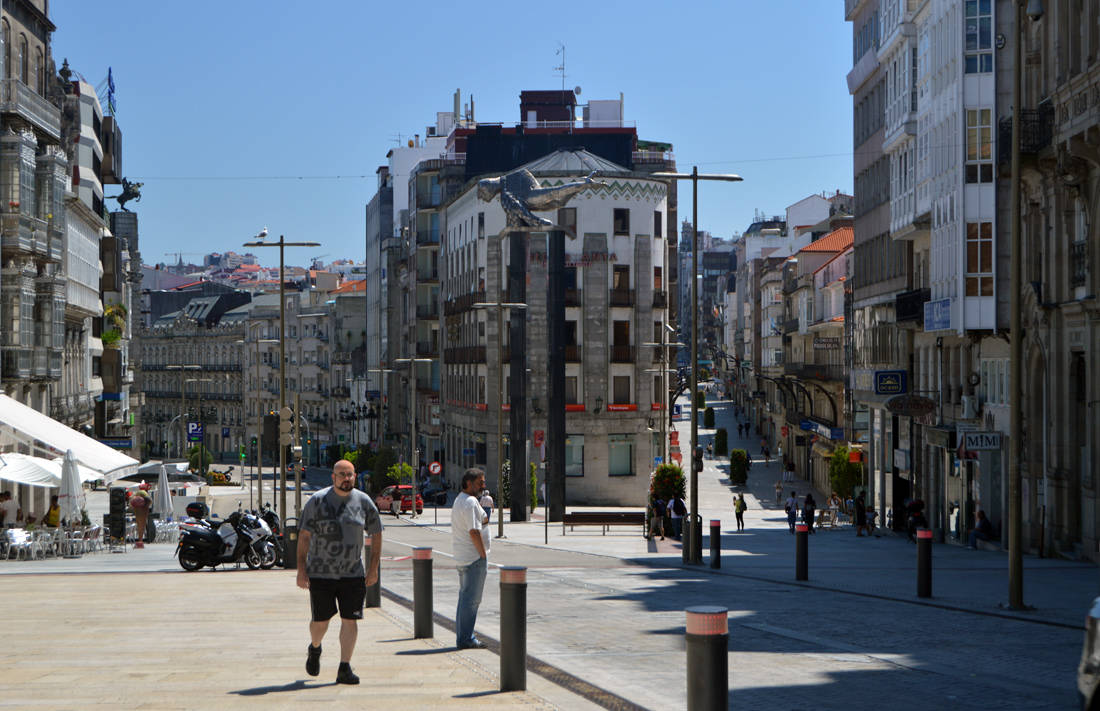
Lores is done mayor After 12 years in the opposition and within the framework of his town hall, he managed to walk 300.000 square meters in the medieval center of the city, "dressing" the streets with granite stone surfaces.
"The historic center was dead," he told the Guardian, adding that "there were a lot of drugs, the city was full of cars - a fringe zone. It was a dilapidated city, polluted and with a lot of traffic on its assets. Everything was stationary. Most who had the opportunity to leave did not think twice. Taking the reins we initially thought of improving the traffic conditions, however we could not find a workable plan. "Instead we decided to take back the public space for the residents and to do that we had to get rid of the cars."
The curfew in the center
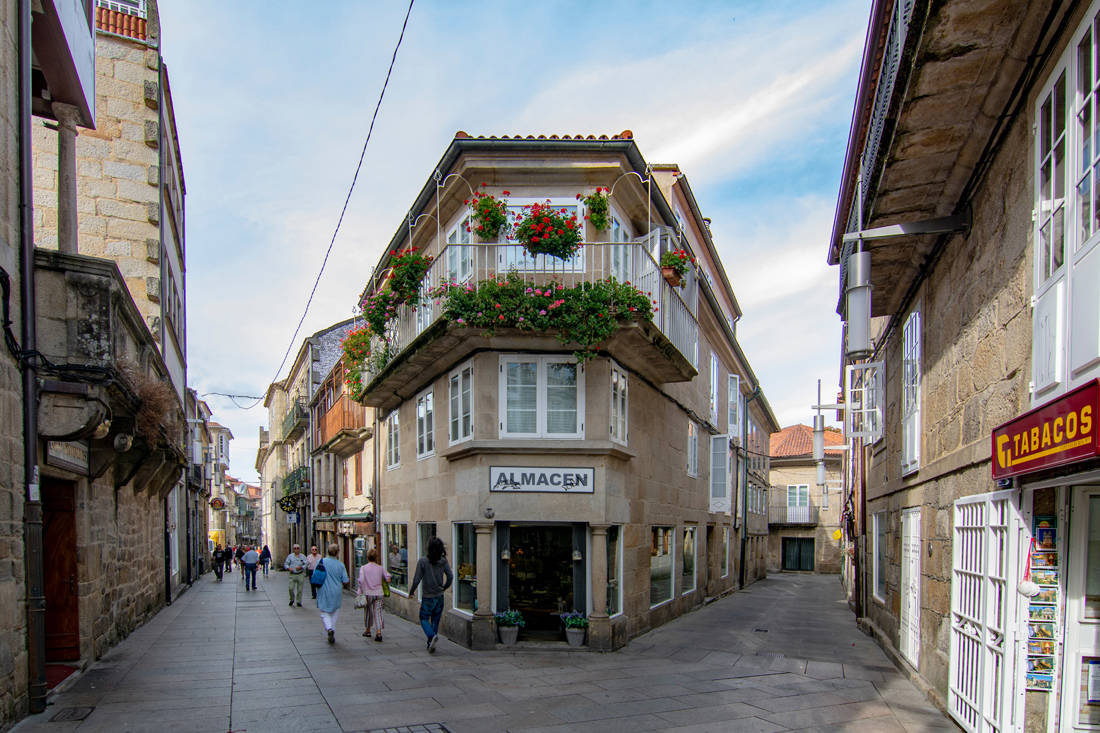
It didn't take long until prohibited the circulation of cars in the city center, the abolition of ground parking - most traffic is caused by those looking for parking - and the creation of underground parking spaces as well as new ones on the ring roads of the center.
Thus, only ambulances and patrol cars run on it, while of the few motor vehicles that are on it on a daily basis, most belong to public transport or come to refuel businesses. Again, even for these cars the maximum speed limit is 30 km / h.
Thus, absolute priority in the historic center of the city has pedestrian, while there is no longer any need for traffic lights and markings.
For those who wish to enter the center with their car and have not obtained the necessary special permit (only the residents of the center have it) should leave their vehicles in one of the 15.000 parking spaces - half of which are free - outside the center, while the number of parking spaces that have been created in the inner ring of the center is only 1.000 and are available free of charge only for the first 15 minutes.
The benefits that no one saw positively from the beginning
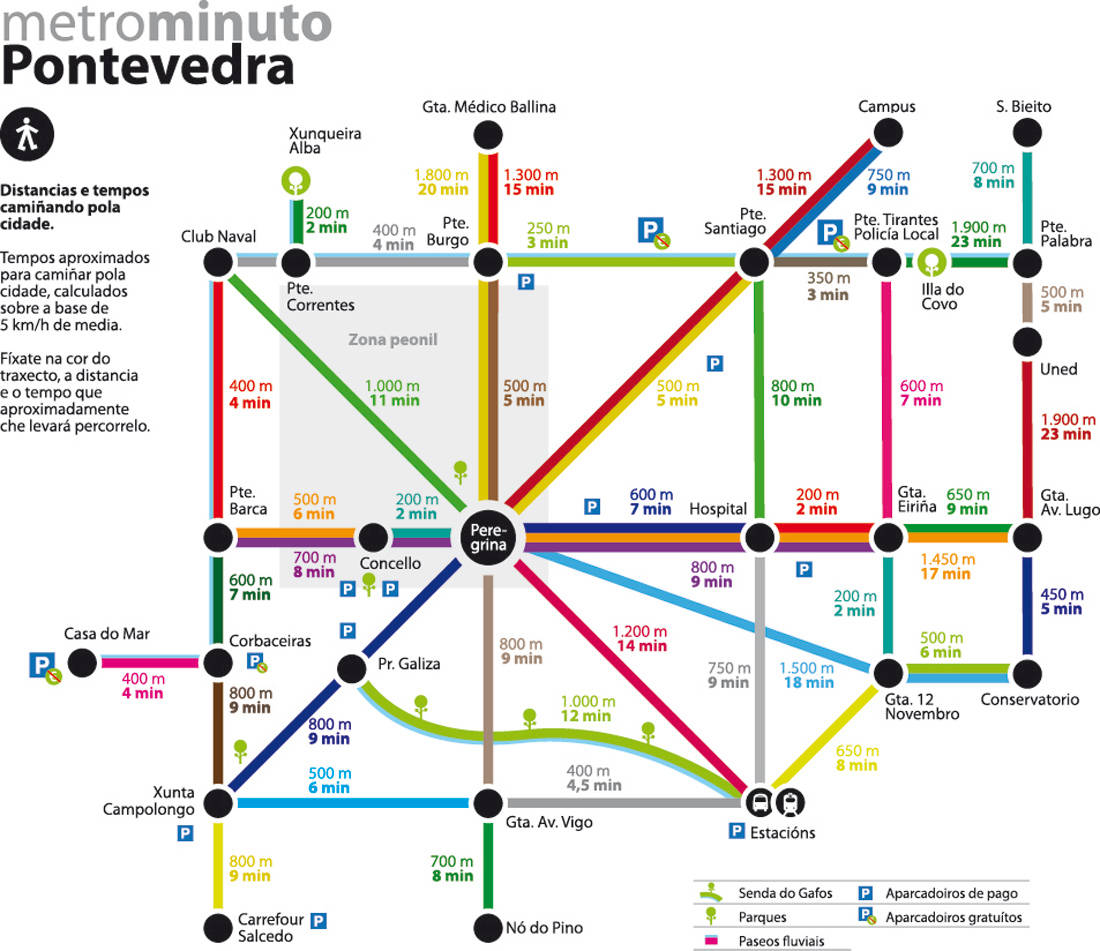
As the mayor of Ponteventra told the Guardian, no one likes to be told that he can not drive where he wants. In fact, most talked about rights when Lores claimed that "what they really want is privileges."
The benefits, in addition to reducing it traffic, there are many, reports the Guardian. On the same roads where 30 people lost their lives in road accidents from 1996 to 2006, only 10 were killed in the next 10 years, and no one has died since 2009.
In addition, carbon dioxide emissions have dropped by 70%, almost three-quarters of commuting is now on foot or by bicycle, and while other cities in the region are shrinking as residents leave, Ponteventra has gained 12.000 new residents. Finally, the ban on building permits for large shopping malls has resulted in small, local businesses - elsewhere unable to withstand the prolonged financial crisis. Spain- managed to survive and continue their operation.

According to the mayor of Ponteventra, the whole process was not easy, while there were several obstacles that had to be overcome. The reactions of local businessmen and shopkeepers were quite strong, but today they seem happier and more satisfied than ever.
All projects in Ponteventra were funded by the local government, while the municipality did not receive any assistance from the district or the central government.
As Lores characteristically stated in the Guardian, "we have not undertaken major projects. We did everything we could. "
